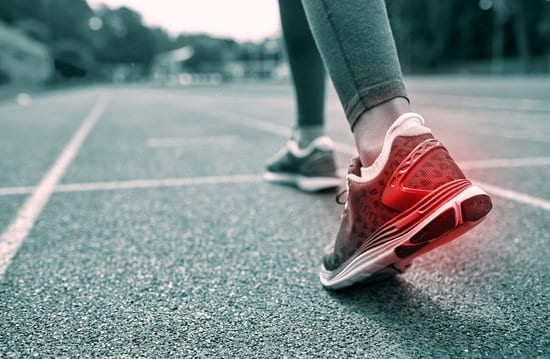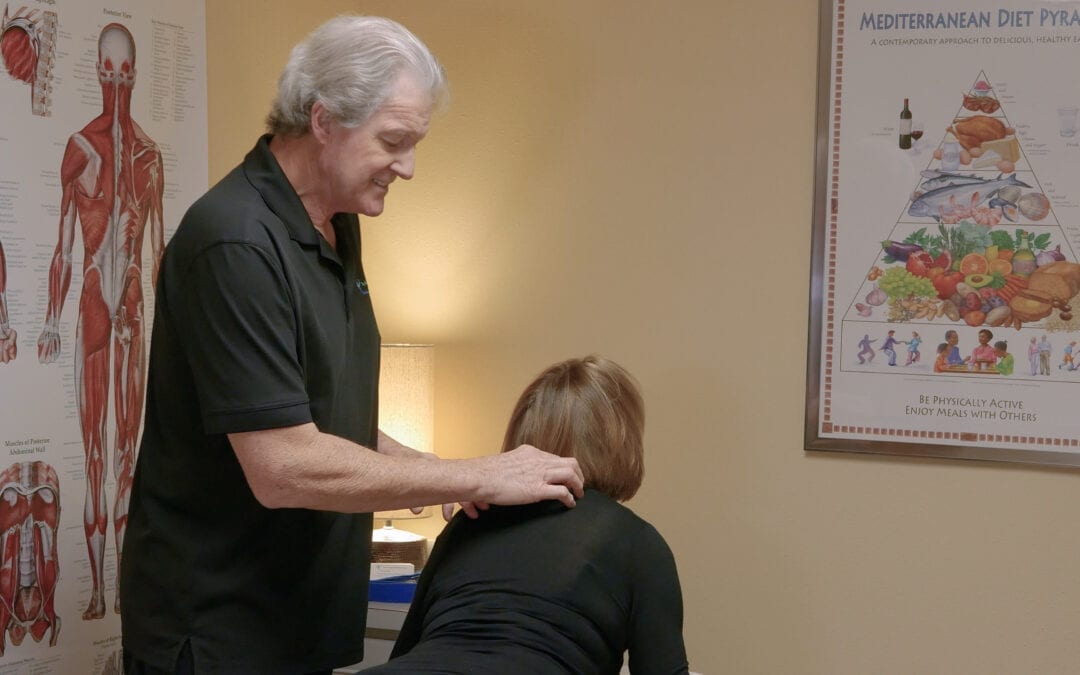
Are you ready to stop your heel pain? Nothing is worse than waking up to a pain in your heel. If you find your heel hurting when you first get out of bed, walking a long distance, or even after sitting for a while, then you may have Plantar Fasciitis. According to Medical News Today, January 16, 2018, the American Academy of Orthopedic Surgeons(AAOS) said that Plantar Fasciitis is the most common foot pain.AAOS said that the risk factors as being obese, very high arches, tight calf muscles, and participating in activities with repetitive stress to the heel, like running. The sad truth is, they don’t have a clear cause of why you get it.
Plantar fasciitis has many different kinds of remedies as we will discuss in this article. Most only work minimally due to the misunderstanding of the cause of plantar fasciitis. The most common treatments are orthotics, braces, injections, and night splints. I have heard of people having surgery to cut their Achilles tendon or the arch muscle, plantar fascia. This is the most extreme. Sadly, these do not work for most people and they may spend hundreds of dollars and suffer for months.
How Do You Get Heel Pain?
In order to stop your heel pain, you need to know how you got it. The pain is not caused by the heel or arch of the foot, that is the symptom. The pain is mostly caused by the upper calves. The calves can tighten from walking with short strides, not using your toes to push, and wearing shoes with too much support or too high a heel. To be fair the article in the Medical News Today did say that tight calves could be at fault. However, the typical calf stretch that you may do at the gym or in PT will probably not stretch your calves. I will talk about that later.
Your calves contain 4 major muscles that control the foot. The outside and inside calf muscles determine if you walk on the outside or inside of your foot, supination or pronation. The 2 middle calf muscles control the flexibility of the ankle up and down. Each of these muscles attaches to the arch of your foot. Most people can only stretch their ankle 90 degrees. The ankle should actually bend up to 120 degrees. When the ankles can bend at full range, you will take longer strides. The calf muscles control the flexibility of the ankle. When the calf muscles are tight, it will hurt the heel when you bend 90 degrees or more and that is why it hurts most when you stand up or walk.
We have all heard that good shoes have arch supports and heel supports. The truth is, that is what may be causing your heel pain. The arch support prevents the arch muscle from stretching out to absorb the impact of your foot hitting the ground. The heel support causes you to walk heel to toe and that increases the impact on the heel. Here is an interesting Harvard study https://news.harvard.edu/gazette/story/2010/01/barefoot-running-easier-on-feet-than-running-shoes.
How to Stop the Heel Pain
If you are ready to stop your heel pain you must know that leaning against the wall with one leg extended behind you does not stretch the calf, only the Achilles tendon. If you had Achilles tendonitis that would be great! Dropping your heel off a curb, step, or board does not stretch the calves either and it can tighten the calf when you get off each of these, which is not what you need.
Use a yoga strap, rope, or anything that is not stretchy like rubber bands to stretch. Sit on the floor with your back against the wall to keep your back at 90 degrees to your leg. If you cannot get on the floor, sit in a hardback chair and place your leg on an ottoman. Place the rope around the ball of the foot of the extended leg. Using only your hands, do not use your leg muscles, gently pull your toes back toward you and breathe out, Only hold for 5 seconds, so as not to resist from the brain. Repeat 10 times. You should feel the pull behind your knee. Now rotate your foot outward and repeat. You will feel this on the inside of the calf. Finally, repeat with your toes rotated inward. You will feel this on the outside of the calf. Make sure to do both legs, even if only one heel hurts.
The Emotional Side of Muscles
The brain is important because of the emotional side of your muscles. Once you feel the pain, your brain will anticipate the pain and contract to try to stop the pain. This will make the pain worse. Remember to pull gently and breathe out as you feel your muscles stretching from start to finish. Once your brain can see the pain improving, it will let go emotionally and you can stop the pain within 5-10 days depending on the severity of the pain.
To soften the foot, use a golf ball on the arch of your foot. The arch will be tight because it has been fighting with your calves. Place the ball on the floor, press down but do not roll the ball on your arch. You are looking for sore spots. When you find one press gently, maintain the pressure, then breathe out and release. This will be more relaxing as the pain subsides. Do this every morning and evening until the pain stops, then go out and have fun! These stretches should be done, once the pain stops at least 2-3 times per week to prevent it from coming back. Check out this blog article, https://musclerepairshop.com/wp-admin/post.php?post=1609&action=edit.
Conclusion
I have used these techniques on hundreds of people with a huge success. The stories are amazing and I am willing to listen to your story as well. Heel pain doesn’t have to be this hard. Once you can see how mechanically the heel operates with the calf, it becomes pretty logical. If you have more questions, you can contact me at https://www.musclerepairshop.com.


